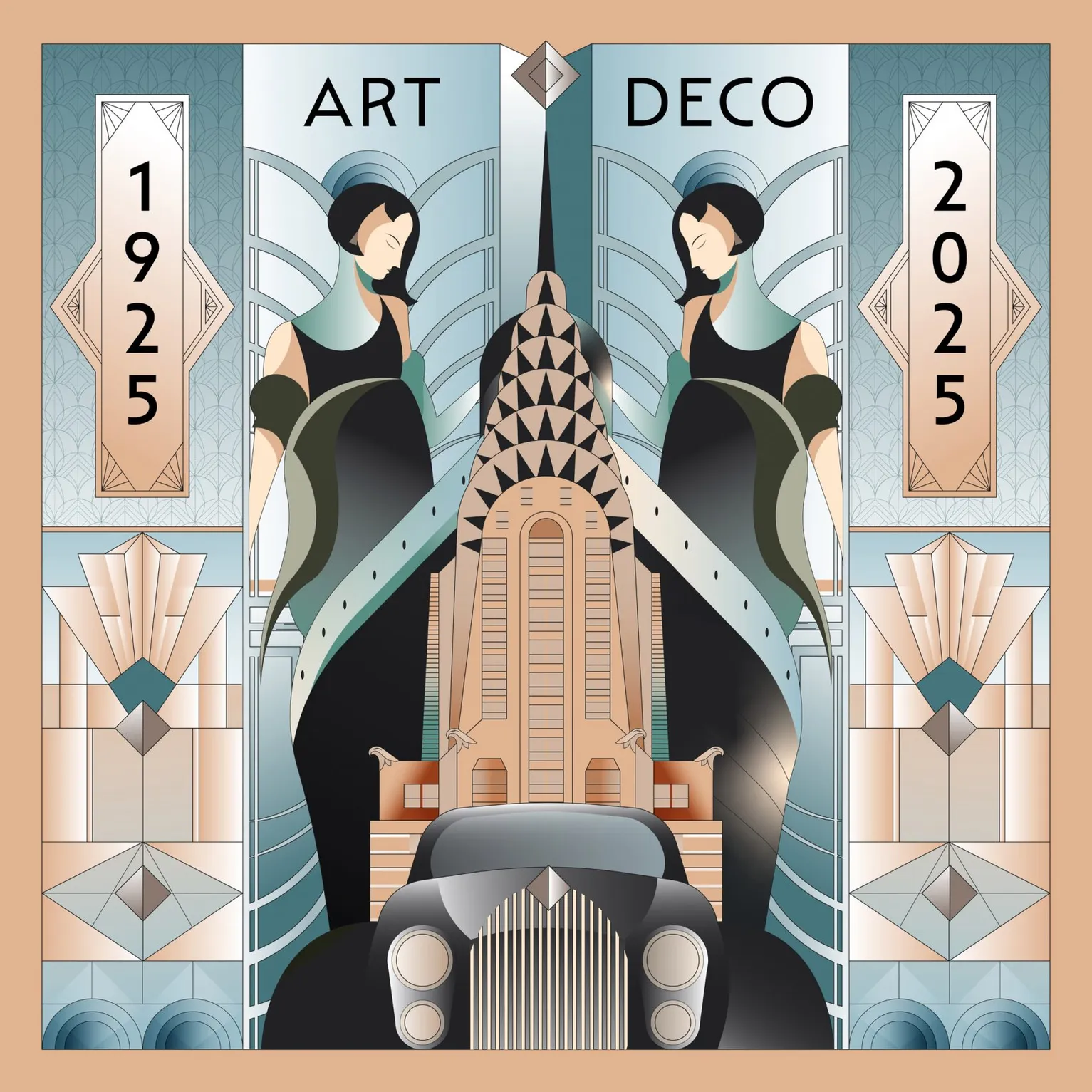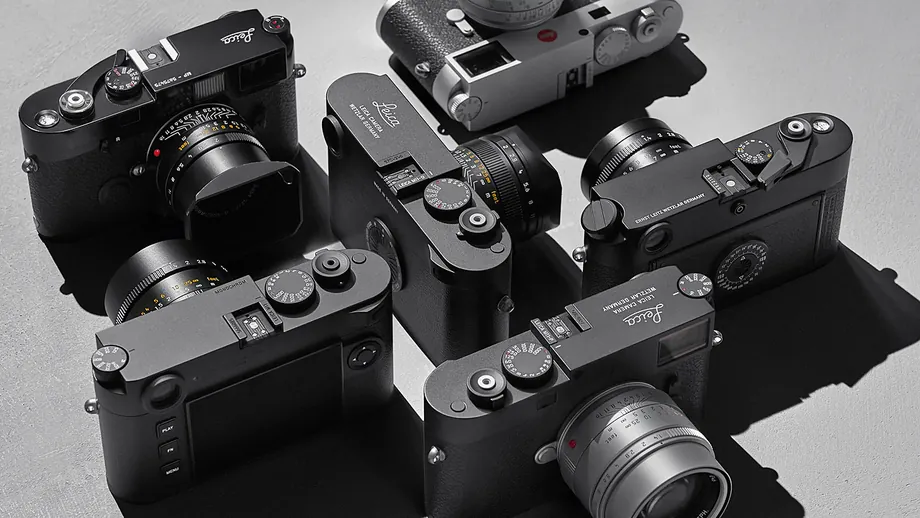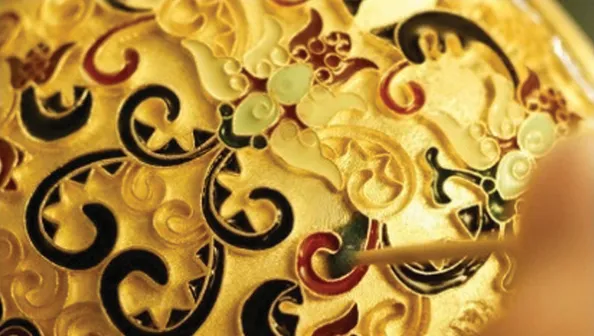A Century of Modern Luxury
Art Deco, short for the French Arts Décoratifs, emerged in France during the early 20th century and made its global debut at the 1925 Exposition Internationale des Arts Décoratifs et Industriels Modernes in Paris. This was no ordinary design fair; it was a manifesto of modernity. It presented a vision of luxury, glamour, exuberance, and faith in social and technological progress.
The style combined geometric motifs, bold contrasts, symmetry, and vibrant materials. Platinum became the metal of choice, its strength and subtle shine allowing for intricate structures that appeared fresh and light. Designers paired precious stones with onyx, coral, and jade, producing jewellery that felt both daring and refined.
Most importantly, Art Deco democratised luxury. For the first time, jewellery and fashion inspired by avant-garde design could be purchased in department stores and worn across social classes. Luxury no longer lived exclusively in private salons; it appeared in cinema halls, hotels, and on city streets.
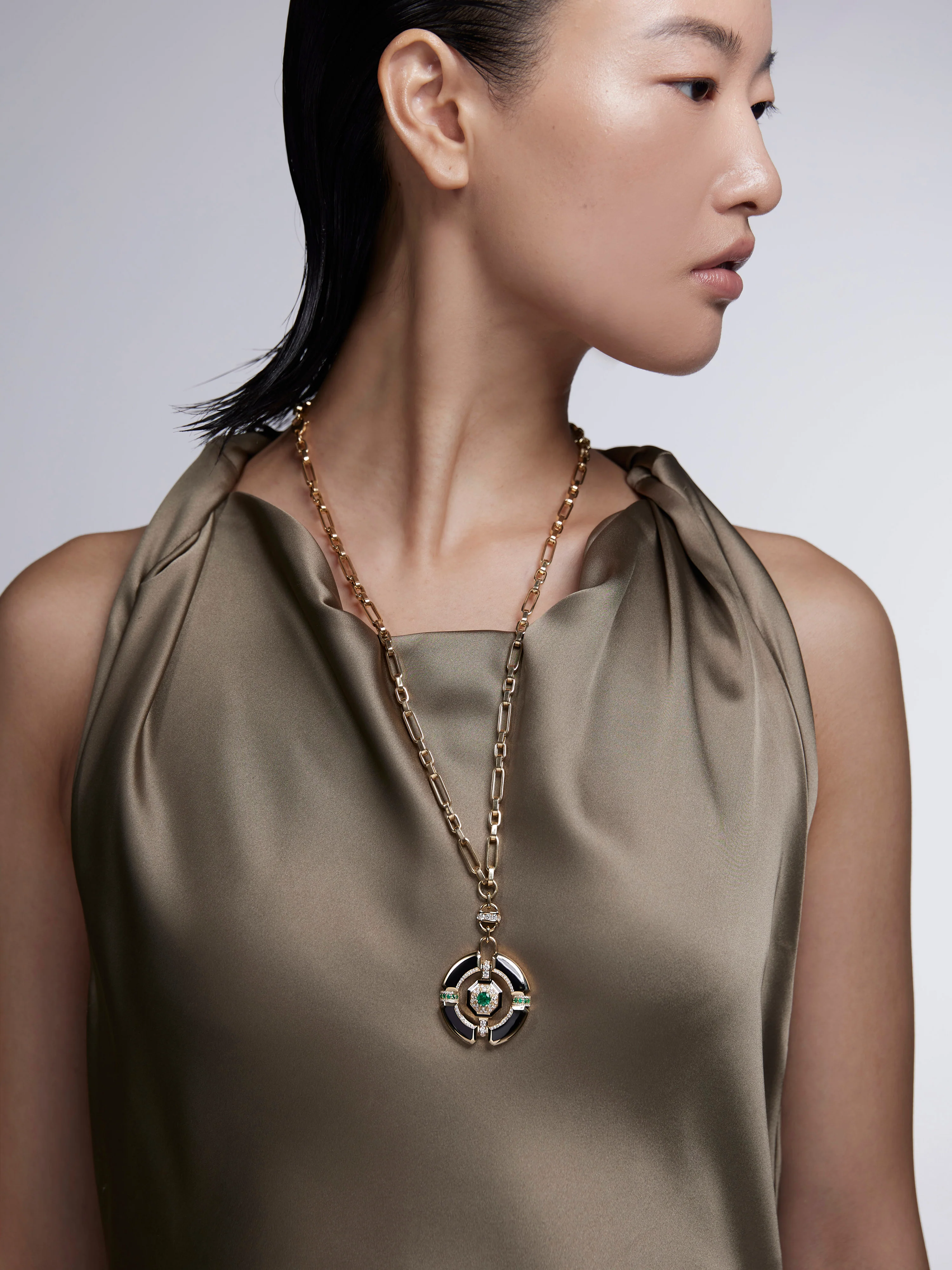
When New York Changed My Eyes
My own relationship with Art Deco began not with jewellery, but with architecture.
In 1989, I visited New York for the first time. The city felt immense, buzzing, filled with energy and movement. And yet, I never felt lost in it. I enjoyed wandering its streets, open to every new impression. Two buildings, in particular, caught my eye: the Empire State Building and the Chrysler Building.
Their soaring lines and ornamented crowns embodied a sense of optimism and confidence. I had no words for it then, but later I realised: I was drawn to Art Deco. That was its timeless strength. Even without historical knowledge, the style spoke directly through its scale, clarity, and elegance.
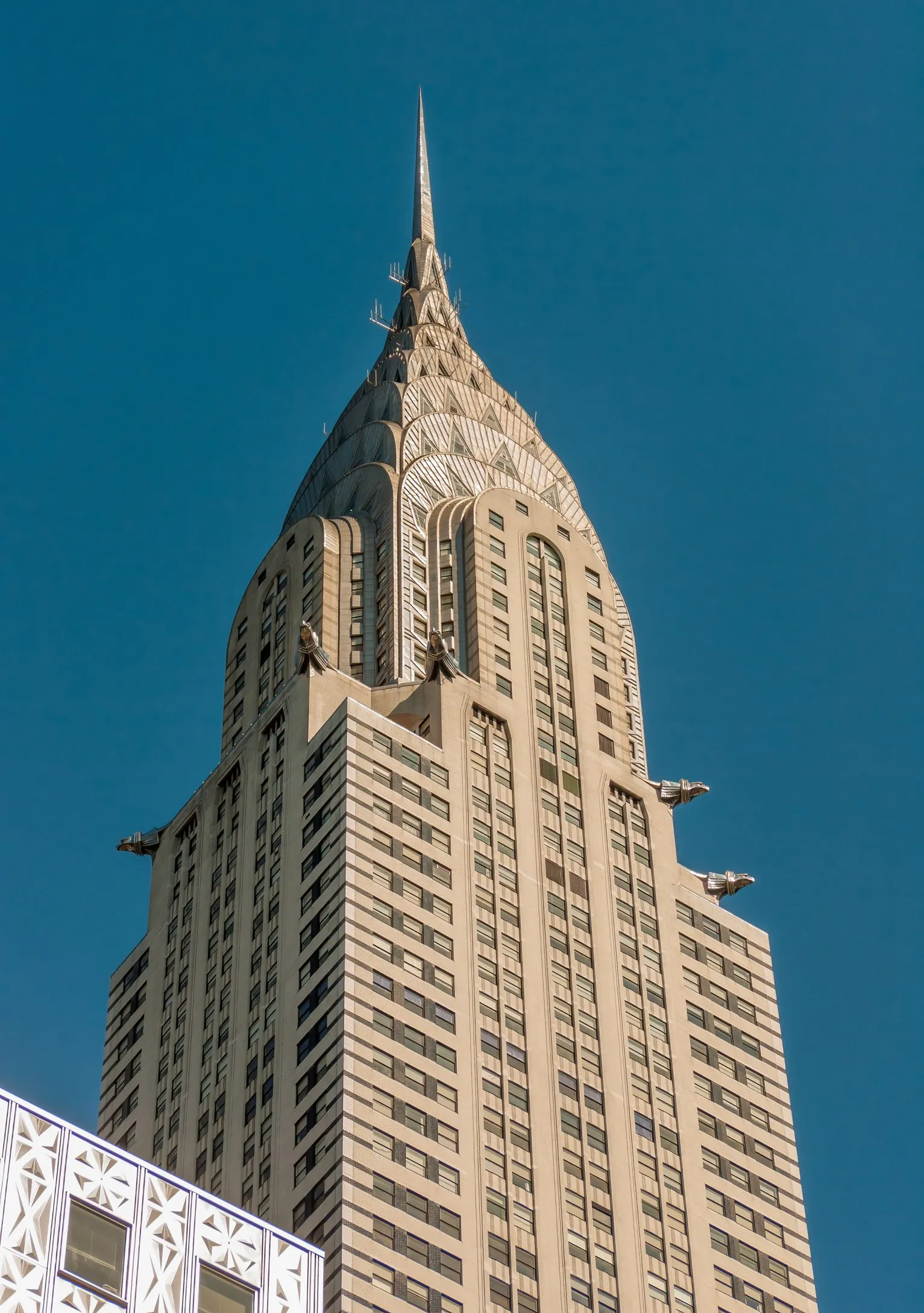
The First Global Style
What makes Art Deco remarkable is how quickly it spread across continents. As Dezeen points out, it was the first truly international design style. Within a decade of Paris 1925, it shaped Miami’s pastel hotels, New York’s skyscrapers, Mumbai’s seafront apartments, and Shanghai’s grand commercial blocks.
Part of this global reach came from its ability to combine tradition with modernity. Designers drew inspiration from ancient Egypt, Aztec patterns, Japanese prints, and Indian jewellery, while also celebrating modern technology, travel, and speed. Ocean liners, railway stations, airports, and cinemas became Art Deco canvases. It was luxury in motion, luxury designed for the new century.
Even after the 1929 financial crash, the style adapted. Jewellery became lighter, colours bolder, and design more economical, proving its resilience. By doing so, it remained inclusive and accessible while never losing its elegance.
Asia’s Living Deco
Today, Asia is home to some of the world’s most vibrant Art Deco collections. More than heritage, they are touchpoints for how the region embraces inclusive luxury and cultural blending.
- Singapore balances past and present. The restored Capitol Theatre still radiates the glamour of cinema’s golden age, while Parkview Square—the so-called Gotham Building—stands as a striking reinterpretation of Deco ideals for the modern skyline. Independent jewellers such as State Property carry the spirit forward, creating pieces with Deco geometry and enamel contrasts inside a conserved Deco atelier. Heritage house B.P. de Silva, founded in 1872, reinterprets classic motifs with contemporary finesse, keeping the language alive for a new clientele.
- Shanghai has been called the world’s Art Deco capital. With more than 50,000 Deco buildings still standing, the city showcases how the style became a framework for a cosmopolitan hub in the 1930s. The Bund remains the most iconic expression, where grand commercial buildings now house boutiques, hotels, and galleries. Walking through them today feels like a dialogue between past modernity and present ambition.
- Mumbai offers another extraordinary story. Marine Drive, the “Queen’s Necklace,” is lined with sweeping Deco apartment blocks that curve elegantly with the bay. The city’s Deco cinemas, including the Eros and Regal, highlight how everyday entertainment spaces once carried the grandeur of luxury design. UNESCO recognised Mumbai’s Art Deco precinct as a World Heritage Site in 2018, securing its status as one of the world’s largest collections.
- Hong Kong presents the Peninsula Hotel, which opened in 1928 and continues to serve as a living emblem of Deco glamour. Its façade and interiors remind visitors of an era when luxury travel meant ocean liners and railway journeys, blending global ambition with local hospitality.
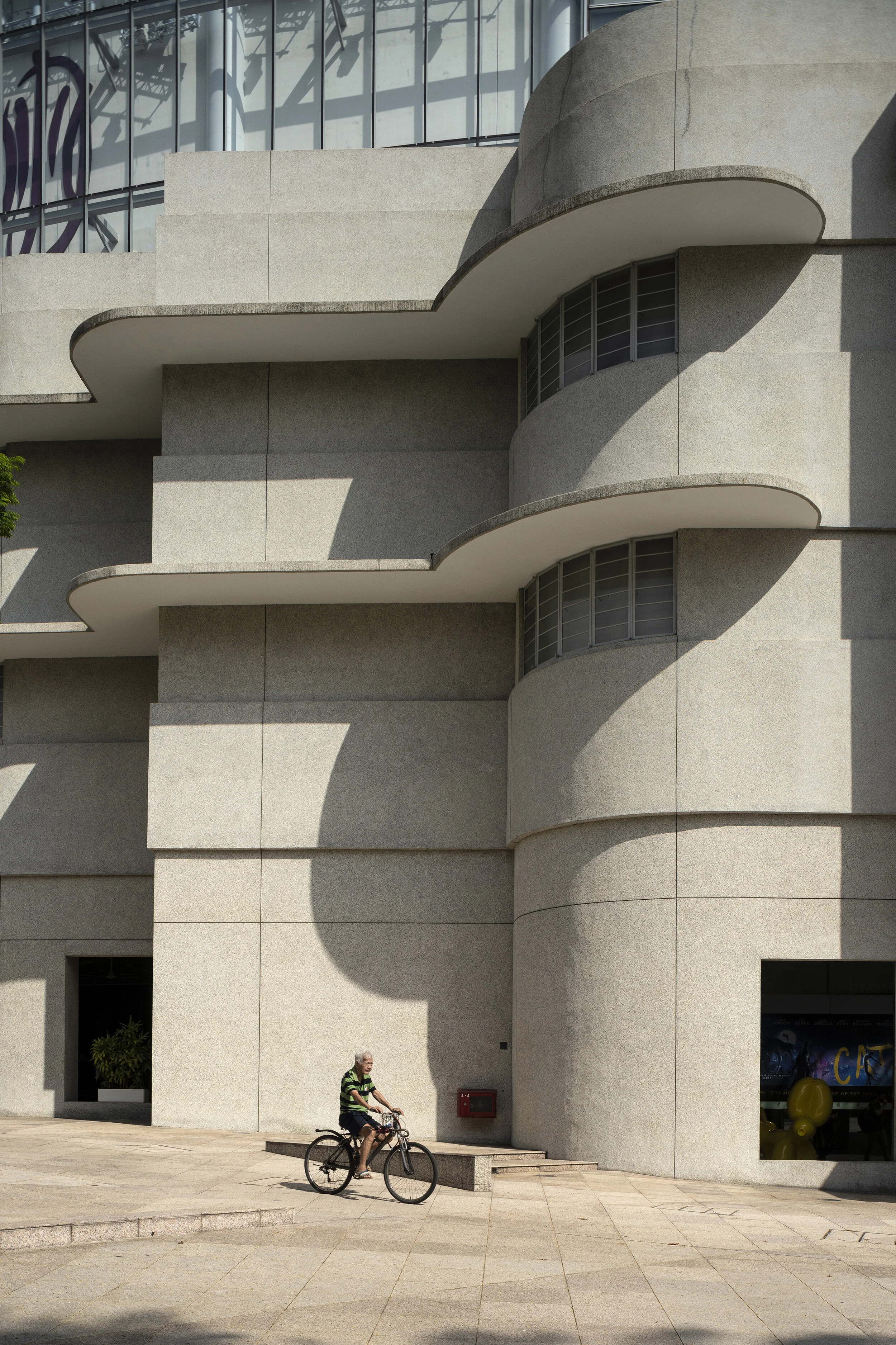
Experiencing Art Deco in Asia Today
Singapore – More than Monuments
Capitol Theatre is more than a preserved building; its restoration in 2015 shows how Singapore invests in heritage as part of its luxury identity. Parkview Square, nicknamed the “Gotham Building,” reinterprets Deco ideals for a modern skyline, proving the style’s influence continues in contemporary architecture. Together they reflect how luxury here flows from both preservation and reinvention.
Shanghai – The World’s Art Deco Capital
Shanghai hosts more than 50,000 Deco buildings, making it one of the richest collections globally. Beyond the Bund, districts such as the former French Concession reveal how Deco became the language of an international metropolis. Many of these buildings now house boutiques, art galleries, and luxury hotels—heritage spaces transformed into contemporary cultural experiences.
Mumbai – Everyday Luxury for a Growing Middle Class
Deco in Mumbai expressed aspiration not only in grand hotels but in apartment blocks and cinemas. Marine Drive’s curve, known as the “Queen’s Necklace,” and iconic venues like the Eros and Regal cinemas brought design ambition into everyday life. This spirit of accessible elegance mirrors today’s shift in Asia, where new generations seek identity and pride through inclusive luxury.
Hong Kong – Travel and Cosmopolitan Glamour
The Peninsula Hotel symbolises the golden age of travel. Opened in 1928, it welcomed passengers arriving by ocean liner and rail, offering them cosmopolitan luxury in Kowloon. A century later, it remains one of Asia’s most iconic hotels, proof that Deco’s narrative of movement and aspiration continues to shape hospitality.
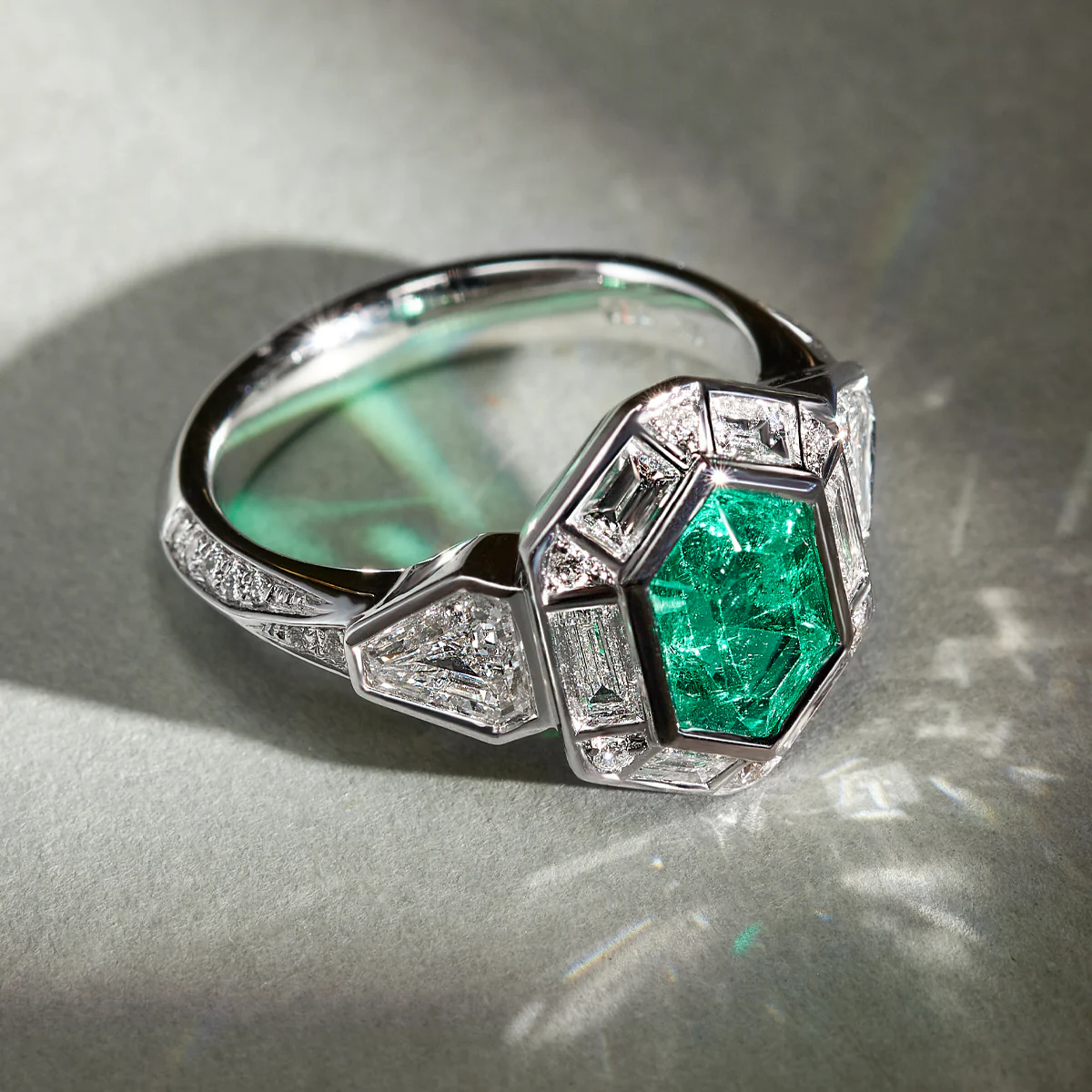
Jewellery: Art Deco’s Enduring Expression
Art Deco jewellery was never just accessory — it defined the spirit of the movement. Platinum, newly popular for its strength and subtle lustre, allowed jewellers to craft intricate yet airy designs. Bold geometric patterns — zigzags, chevrons, sunbursts, fan shapes — became instantly recognisable. Strong contrasts paired diamonds with onyx, coral, jade, or emeralds, creating a visual rhythm of light and shadow.
This jewellery carried a message of modern confidence. For the first time, striking pieces appeared not only in private collections but also in department stores, allowing women across classes to wear designs that embodied progress and individuality. After 1929, pieces became lighter, with more playful colour palettes, proving that Art Deco was adaptable as well as aspirational.
A century later, its influence remains vivid. Global Maisons such as Cartier, Tiffany, and Piaget continue to draw on Art Deco codes in their high jewellery collections. Independent Asian jewellers add new layers: State Property in Singapore fuses Deco geometry with contemporary enamel work, while B.P. de Silva reinvents classic motifs with refined detail for modern clients. Across China and India, jade- and emerald-set designs recall the cross-cultural influences that shaped Deco from the start.
In Asia today, jewellery still carries the same spirit. It is more than adornment; it represents self-expression, confidence, and inclusivity. Art Deco’s clarity and boldness speak directly to new generations of luxury clients who value heritage, craftsmanship, and personal storytelling in what they wear.
Final Thoughts
The centenary of Art Deco invites more than nostalgia. It affirms that luxury design rooted in inclusivity, cultural blending, and optimism retains its relevance across generations.
When I recall standing before the Chrysler Building in 1989, and when I look at a Singapore jeweller crafting bold Deco-inspired pieces today, I see the same qualities at work: clarity, elegance, and social connection.
Asia’s luxury renaissance thrives on the very qualities Art Deco pioneered.
